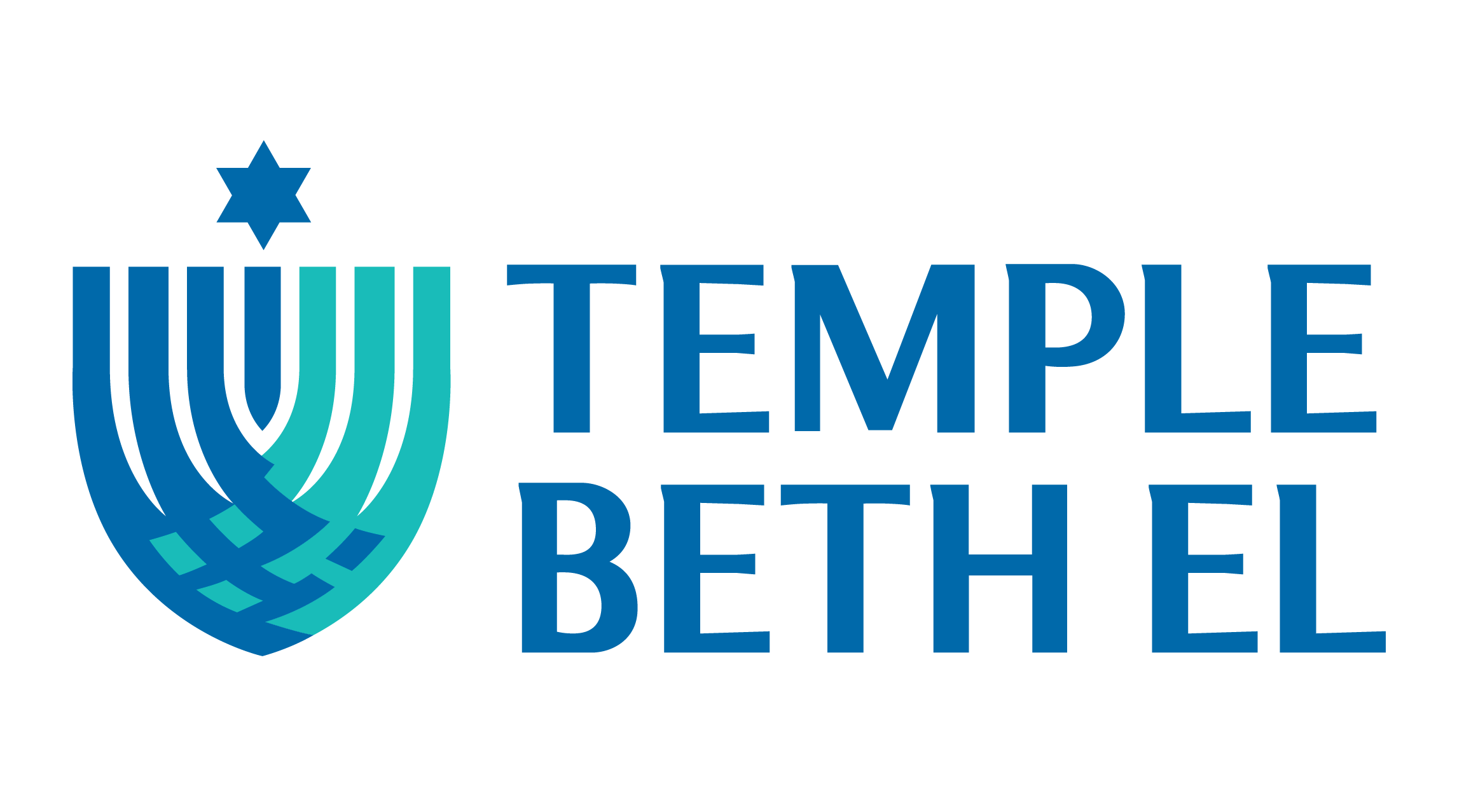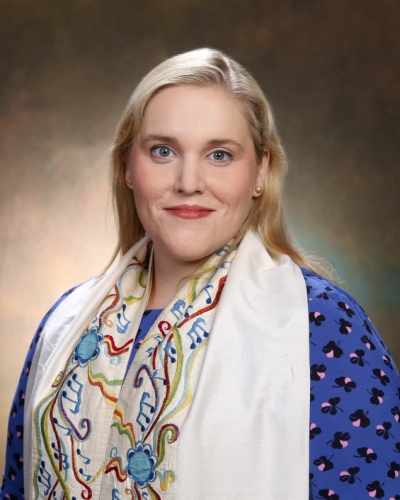Halachma anya di achalu avhatana b’ar’ah d’mitzrayim. Kol dichfin yeitei v’yeichalu.
“This is the bread of affliction, the poor bread, which our ancestors ate in the land of Egypt. Let all who are hungry come and eat.”
There are few moments in the Jewish year so focused on food as Passover. Food in Judaism is a unifier, a joiner of people, a builder of community. The times spent at our tables are important: Sabbath, Seder, and Oneg are where our lives intersect, where we tell our stories, and where we deepen our relationships and identity.
Food is a powerful tool and our people have known this for centuries. Think about the laws of Kashrut. They served to promote our distinctive identity as Jews. For the American Reformers in the 19th century, the move away from Kashrut was a move toward a distinctive identity as Reform Jews.
On Pesach, food becomes a means by which we incorporate our communal story into the very fabric of our being. Keeping Passover dietary restrictions is experiential learning. We accept food restrictions as a way to imagine what life was like for our ancestors, to acknowledge that not all are free, to galvanize our call to bring freedom to all who are oppressed. Eating matzah, we reenact the story of our people’s flight to freedom.
But, what about those for whom food is a threat?
On a Shabbat morning earlier this year, I sat on the bima and looked into the congregation. I counted no less than five families who have a member who lives with a life-altering, if not life-threatening, food allergy. This one is pn/tn. This one is EOS. This one is ana to eggs. That one is celiac. We are FPIES. I thought to myself.
To the uninitiated, these letters and abbreviations might not mean much, but when you are allergy-aware, there is much clarity in that alphabet soup. Peanut/Tree Nut allergy, Eosinophilic Esophagitis, Anaphalaxis, Food Protein Induced Entercolitis Syndrome…
A food allergy diagnosis changes the way an entire family interacts with food. Suddenly, meals away from home can be treacherous and trips to the grocery store enraging as you read label after label, finding few options free from foods dangerous to you or a loved one.
Children with severe food allergies face monumental challenges with inclusion. Some schools have nut-free rooms, designated cafeteria tables, special desks for kids with allergies. As much as these mechanisms ensure children’s safety, they can also lead to ostracizing and bullying. The space between those with significant, serious food restrictions and those without can sometimes feel like a chasm.
Then there are the stories of the dear friends who learn their friend’s restrictions and work doubly-hard to ensure that their home is safe for a play date and that they have a snack that they can share. There are the parents who keep a watchful eye over their own child’s lunchbox as a way of caring for the child who sits next to them.
At our seders this year, may we acknowledge that sometimes bread is the affliction.
May we resolve to learn more about food allergies and related conditions. May we learn to be more inclusive. May we strive to make a safe place for all who are hungry to eat at our tables, with joy and with gratitude.
National Food Allergy Awareness week begins May 10th, 2015. National FPIES Awareness Day is May 4th, 2015. Visit www.foodallergy.org.




